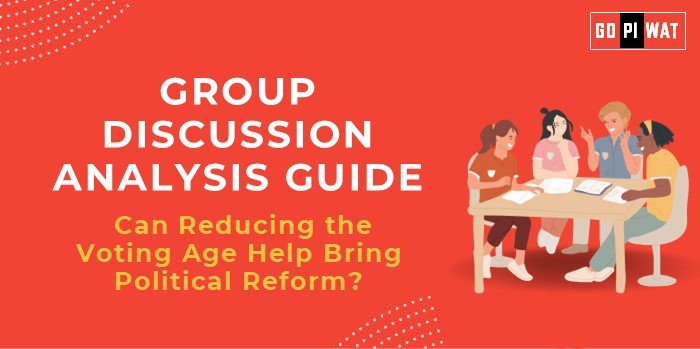🗳️ Can Reducing the Voting Age Help Bring Political Reform?
🌟 Introduction to the Topic
“Lowering the voting age has been a global trend, with nations seeking to engage younger citizens in governance. But does this move truly catalyze political reform, or is it a symbolic gesture?”
Reducing the voting age reflects an acknowledgment of the increasing political awareness among younger generations. India’s voting age was reduced from 21 to 18 in 1988, significantly enlarging the electorate. Recent debates explore whether further lowering the age could deepen democratic engagement or introduce challenges like voter maturity and policy manipulation.
📊 Quick Facts and Key Statistics
- 🌍 Global Trend: Countries like Brazil and Austria allow voting from ages 16 and 17, showcasing a growing inclusion of young voices.
- 👥 Youth in India: Nearly 34% of India’s population is aged 15-24, representing a significant demographic for potential political reform.
- 📈 Turnout Insights: First-time voter turnout in India often exceeds the national average, indicating enthusiasm among young voters.
- 📚 Educational Link: Youth engagement in politics correlates with higher education levels, as seen in OECD countries.
👥 Stakeholders and Their Roles
- 📜 Government: Responsible for policy-making and ensuring voter education.
- 🏛️ Political Parties: Mobilize youth through targeted campaigns and promises.
- 🌟 Youth Organizations: Advocate for younger voices in decision-making.
- 🏫 Educational Institutions: Integrate political literacy into curriculums.
✅ Achievements and Challenges
🎯 Achievements
- 📈 Increased Representation: Empowering younger demographics strengthens their say in policies affecting education, employment, and climate change.
- 🌍 Global Examples: In Austria, allowing 16-year-olds to vote has led to higher engagement in civic issues.
- 🚀 Youth-Driven Reforms: Countries with lower voting ages often witness the rise of youth-centered political movements.
⚠️ Challenges
- 🧠 Maturity Concerns: Critics argue that younger voters might lack the experience or exposure needed for informed decision-making.
- 📣 Voter Manipulation: Younger electorates may be more susceptible to populism and propaganda.
- 🛠️ Administrative Readiness: Adapting systems to include younger voters, such as voter ID registration and civic education, could be resource-intensive.
🌐 Global Comparisons
- 🇦🇹 Austria: Voter turnout among 16-18-year-olds has been consistently high since the age was reduced in 2007.
- 🇺🇸 United States: Efforts to lower the voting age to 16 have been debated, particularly at state levels.
🛠️ Structured Arguments for Discussion
✅ Supporting Stance
“Reducing the voting age empowers youth, fostering greater responsibility and innovative perspectives in governance.”
❌ Opposing Stance
“Younger voters may lack the life experience to make informed choices, leading to populism-driven politics.”
⚖️ Balanced Perspective
“While it could invigorate democracies with fresh ideas, reducing the voting age must be complemented by robust voter education.”
🎯 Effective Discussion Approaches
- 📊 Highlight the Demographic Potential: “With 34% of India’s population being youth, engaging them in politics could transform policy priorities.”
- 🌍 Use a Global Reference: “Austria’s success in reducing the voting age can provide lessons for India.”
- ❓ Introduce a Provocative Question: “Does reducing the voting age dilute the quality of decision-making in elections?”
📈 Strategic Analysis of Strengths and Weaknesses
💪 Strengths
- Higher representation of youth interests.
- Increased political participation and reform potential.
⚠️ Weaknesses
- Risk of immaturity in choices.
- Challenges in voter education and infrastructure adaptation.
🎓 Connecting with B-School Applications
- 🌟 Real-World Applications: Youth-focused campaigns could inspire innovative policy projects in public administration or behavioral studies.
- ❓ Sample Interview Questions:
- “How can political parties better engage young voters?”
- “What are the potential risks of reducing the voting age further?”
- 💡 Insights for Students: Analyze voter behavior through case studies and explore public policy’s role in youth engagement.


